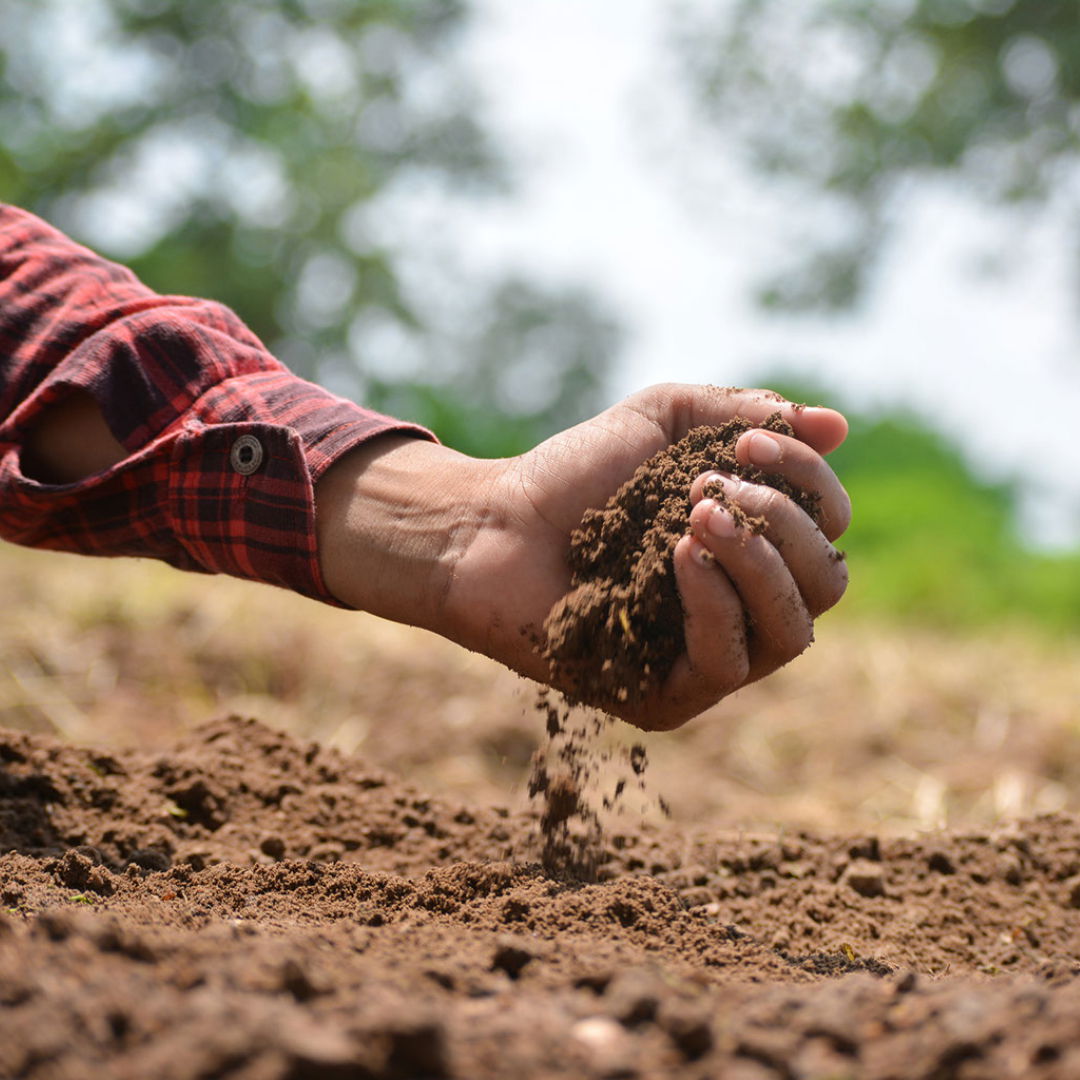July 13, 2023 - Written By Geswein Farm & Land - Amanda Smith
Covering Your Assets: A Tale of Balancing Proactivity with Productivity on Our Farmland
“The earth will not continue to offer its harvest, except with faithful stewardship. We cannot say we love the land and then take steps to destroy it for future generations.” – John Paul II
There seem to be two schools of thought in life, and in farming. There is the school that maximizes productivity, striving to utilize resources to their highest degree, and making the most of every opportunity for advancement. The other would be that all things in life are somewhat fragile and that the proper care and preservation of resources not only provides inherent productivity but also the sustainability of the resource for many years to come. For the average human being, and the average farmer…the trick is finding a balance between these two schools.
Few would argue that the face of family farming has changed drastically over the last handful of decades…and that this balancing act becomes increasingly difficult.
I sat down with Leslie Fisher of the Benton County Soil & Water Conservation District, and Cindy Johnston, NRCS District Conservationist to discuss the current picture of farmland conservation efforts. I opened our conversation by sharing a story.
Sometime around 1990, my dad and I constructed a 7th grade science fair project demonstrating the effects of conservation tillage. It consisted of three tracts of varying residue coverage, tilted at a slight angle, collecting the runoff in quart mason jars. A simple scale model to demonstrate a revolutionary conservation practice. With the assistance of a county-level SWCD Conservationist of the Year (a.k.a. Dad), it was award-winning!
The environmental and agronomical impact of conservation tillage has become, three decades later, common knowledge amongst farm operators and farmland owners, and its implementation can be seen across the corn belt, and here in Indiana. Here on Indiana farms in Benton County, recent torrential rains have left convincing evidence along areas of greatest flooding that no-till practices impact topsoil erosion. There are lots of sources validating that covering soils with decaying row crop residue impacts erosion and the sustainability of the soil.
New conservation technology suggests that covering our soils with living plant matter can create even greater benefits. My questions for our local soil conservation professionals were targeted at assessing the current implementation of cover crops, and evaluation of the economics of this practice. Both Fisher and Johnston indicated that there is a rising popularity of cover crop questions coming into their respective offices. Despite targeted attempts to educate producers by both NRCS and SWCD, interest in cover crop utilization seems to most often be the result of curiosities founded in what is happening on the other side of the fence row. Conversations often start with, “I noticed my neighbor is…” and continue with a hypothetical “If I were to consider cover crops, how would I get started?”
According to the Sustainable Agriculture Research & Education Center (SARE), cover crops work in the following ways to enhance soil health:
- Feed many types of soil organisms.
- Increase the number of earthworms.
- Build soil carbon and soil organic matter.
- Contribute to better management of soil nutrients.
- Keep the soil covered.
- Improve the biodiversity in farm fields.
- Aerate the soil and help with water infiltration.
- Reduce soil compaction and improve soil strength and structure.
- Greatly reduce soil erosion.
Johnston indicated that 75-80% of the contracts she has administrated recently have cover crop implementation as a component, making it the highest-funded conservation tool in the area. All combined, the SWCD and NRCS funded over 6100 acres of cover crop implementation.
The environmental impact of the 1595 acres funded by SWCD resulted in 1636 tons of sediment prevention and a reduction of 2300 pounds of phosphorus application and 4594 pounds of nitrogen. It is estimated that the impact of this small acreage could be equated to the prevented contamination of 55 million gallons of water above drinking water standards.
The greatest hesitation for many with regards to cover crops may be adding one more management practice to an already difficult growing season calendar. Or perhaps the concern with the cost of additional input costs compared to expected benefits. So I asked the question, “What is the lowest risk method to try this out?” Cooperatively, Fisher and Johnston encourage producers to start with the simplest recipe of an aerial-applied mix of oats and radish. This combination is a winter-kill mix, eliminating the need for any extra pre-plant management. Funding initiatives through the NRCS Conservation Stewardship Program and the SWCD Section 319 Grant, which can be piggy-backed in priority areas of targeted watersheds, will nearly, if not completely cover the input costs for up to 3 years. Essentially, operations can try this program on for size over several growing seasons, and assess the impact on their farms with very little economic risk.
In addition, farming input retailers are developing programs to assist farmers in managing input costs, maximizing productivity, improving utilization of USDA EQIP funding, and preserving land resources through partnerships. Technologies being used by these retailers can assist farms in evaluating the impact of various conservation practices, including conservation tillage and cover crop plantings.
The most common question asked to farmland realtors is one of farm real estate market value. Land is a capital investment for farmers, and its use must be balanced with maintaining its long-term value. Would it be fair to equate protecting the land investment with cover crops to maintaining the roof of a large manufacturing facility? Spending time and money on a roof may not add immediate value to the commodity being produced under it, but it has to be maintained to protect the product. Likewise, our soils are the manufacturing facility for our food, and their preservation and protection are imperative to maintaining their value.
For every individual farmer, the balancing act of stewardship and profitability is a delicate matter. Tasked with the challenge of feeding an exponentially growing population on a decreasing amount of land has to be weighed against preserving our land and waters for future generations. Cover crops are just one tool in the box, but one that can improve our land and our yields.
For more information regarding cover crop implementation and funding availability contact:
Leslie Fisher, Benton County Soil & Water Conservation: 765.884.0660 or Leslie.Fisher@in.nacdnet.net
Cindy Johnston, USDA NRCS: 765.884.0660 or cindy.johnston@in.usda.gov




